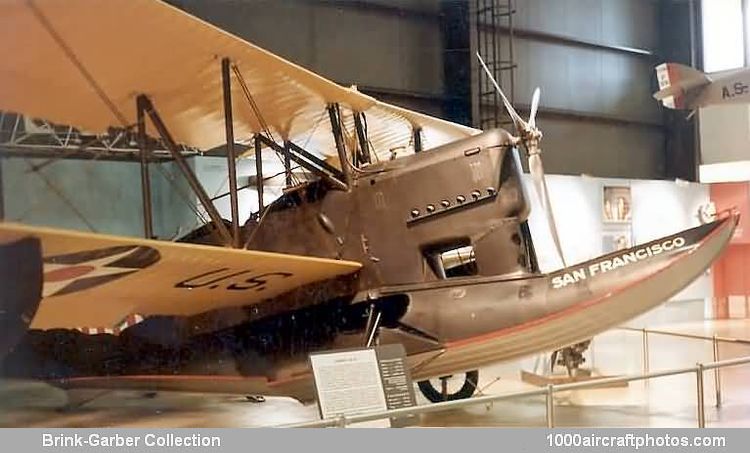The 22,000 mile (35,400 km) flight began on December 21, 1926, from San Antonio, Texas, USA. The course extended through Mexico, Guatemala, El Salvador, Honduras, Nicaragua, and Costa Rica; across the Panama Canal to Colombia, Ecuador, Peru and Bolivia; down the west coast of South America to Valdivia, Chile; across the Andes Mountains to Bahia Blanca, Argentina; north to Montevideo, Uruguay; up to Paraguay; back down the Paraná River; along the coasts of Argentina, Uruguay, Brazil, the Guianas, and Venezuela; thence through the West Indies and up the coast of the USA to Washington, District of Columbia
The flight concluded at Bolling Field in Washington on May 2, 1927. The fliers were greeted by President Calvin Coolidge and other dignitaries. Within three weeks, however, the historic flight was eclipsed in the public eye by the solo trans-Atlantic flight of Charles A. Lindbergh in the Spirit of St. Louis. After his official welcome in Washington, Lindbergh flew to New York City for ceremonies on June 13, 1927 landing at Mitchel Field, Hempstead, Long Island. There the San Francisco awaited him, with Captain Ira C. Eaker as pilot. Lindbergh was flown to a landing in New York harbor where he boarded a ship that took him to lower Manhattan for his triumphal entry into the city.
The San Francisco was transferred to the Smithsonian Institution by the War Department in December 1927. It was restored by the NASM in 1964-1965, and presently is on display at the USAF museum, on loan from the NASM."
Read the type remarks on page 11999.
